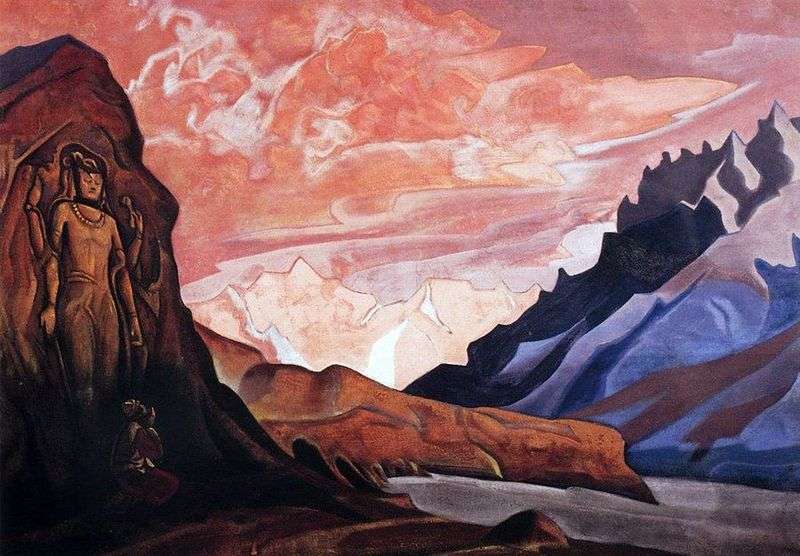
The tense expectation of a miracle – the arrival of the era of Maitreya, growing from picture to picture, receives a pathetic-symbolic “resolution” in the seventh and final work of the series – “Maitreya the Winner”. In clubs of scarlet clouds on a fiery horse rushes under the banner of Shambhala the Blessed Rigden-Dzapo, the Lord of a legendary country, leading his army to the last spiritual battle. The flaming sky illuminates the peaks of distant mountains, a rocky shore with dark caverns, warming the rays of hope of a kneeling traveler, frozen in prayer contemplation at the feet of Maitreya.
The monumental image of the Lord, carved into the rock, as if binds different space-time plans. “Two hands to heaven, as the call of distant worlds. Two hands down, as a blessing to the earth. They know that Maitreya is coming,” N. Roerich describes the ancient rock relief near Maulbek. The combination of the categories of past, present and future is realized not only in the logic of the plot-thematic motive, but also in the very image of Maitreya, as if combining the three hypostases.
The Savior of the world – Maitreya, the symbol of the New Era, visibly and invisibly “passes” through all the canvases of the series, just like His messengers are red riders hurrying to carry out “orders of great wisdom.”
The canvas “Maitreya the Winner” concentrates and activates not only the main ideological and semantic, but also the stylistic features of the cycle. The artist’s picturesque palette, built on a severely solemn range of contrasting cold and warm tones, reaches its utmost intensity. So, the pink color “compacted” to alo-crimson, bluish-blue – to purple, golden-yellow – up to velvety brown, chocolate. And this intense richness of color, combined with a tough silhouette and a wide, temperamental manner of writing, convey an extraordinarily powerful energy message to the canvas.
Paintings depicting the Lord of Shambhala open and complete the series. In the first case, the artist uses, as mentioned, the techniques of Tibetan painting, in all subsequent – Western. The combination of two seemingly mutually exclusive pictorial methods in the creation of the Image-Sign symbolizes the unification of East and West on the threshold of the World Community. The Maitreya series has become a landmark in the work of N. K. Roerich.
In this series, the great symbols of Asia associated with the Himalayan Brotherhood, Shambhala, Maitreya, and Chintamani, first found their pictorial incarnation. Collected in one cycle, they enabled the artist through a particular household motive, legend and legend to reveal the eastern esoteric correctly, giving a hint of the Great Reality.
The series together with the cycles marked the beginning of a new Eastern period in the artistic practice of the master, associated with the comprehension and reflection of the mysterious Mainland – the Heart of Asia. The journey enriched N. Roerich with unusual images, themes, plots, and colors suggested by the mountain nature itself, which was directly reflected in its pictorial system. The work on these canvases finally formed the stylistic features of the mature creative method of the artist.
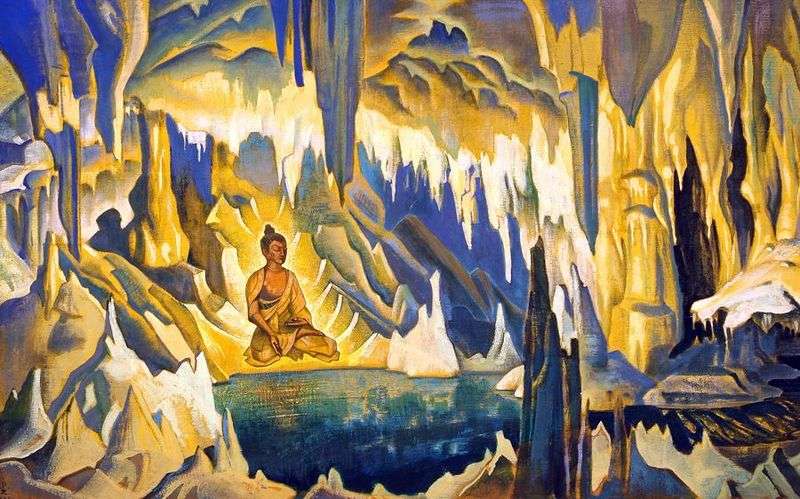 Buddha winner by Nicholas Roerich
Buddha winner by Nicholas Roerich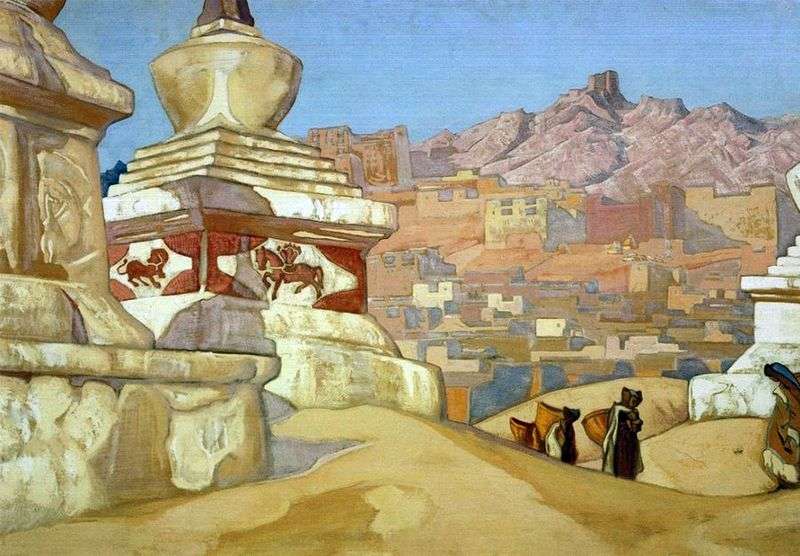 Red Horseman by Nicholas Roerich
Red Horseman by Nicholas Roerich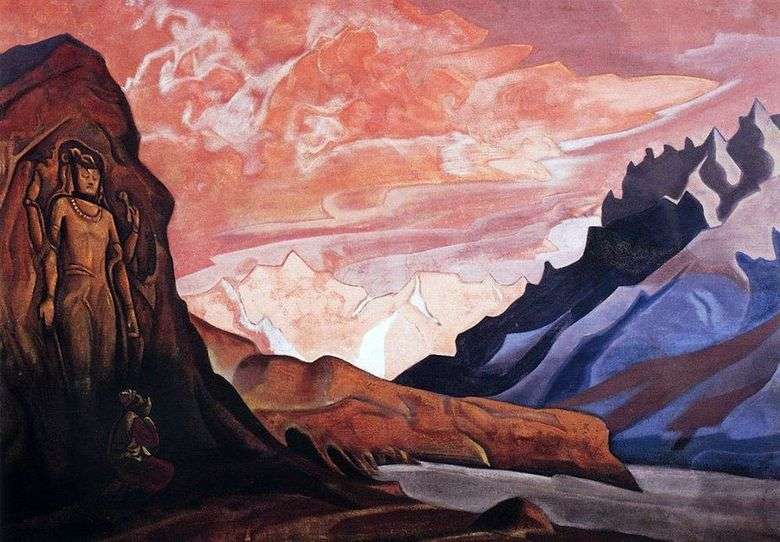 Ganador de Maitreya – Nicholas Roerich
Ganador de Maitreya – Nicholas Roerich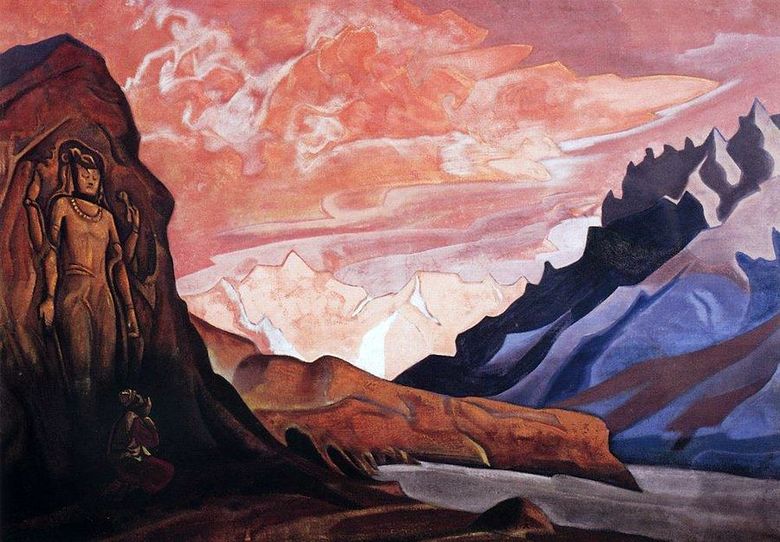 Gagnant Maitreya – Nicholas Roerich
Gagnant Maitreya – Nicholas Roerich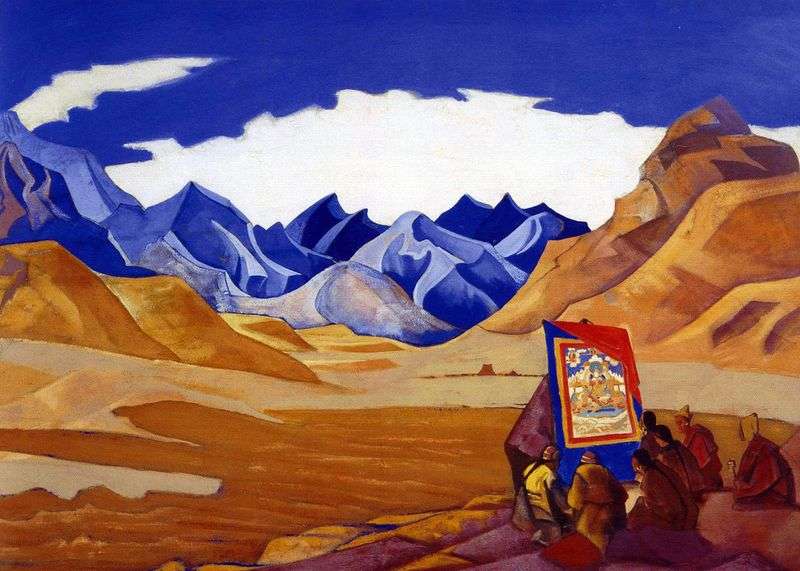 The banner of the future by Nicholas Roerich
The banner of the future by Nicholas Roerich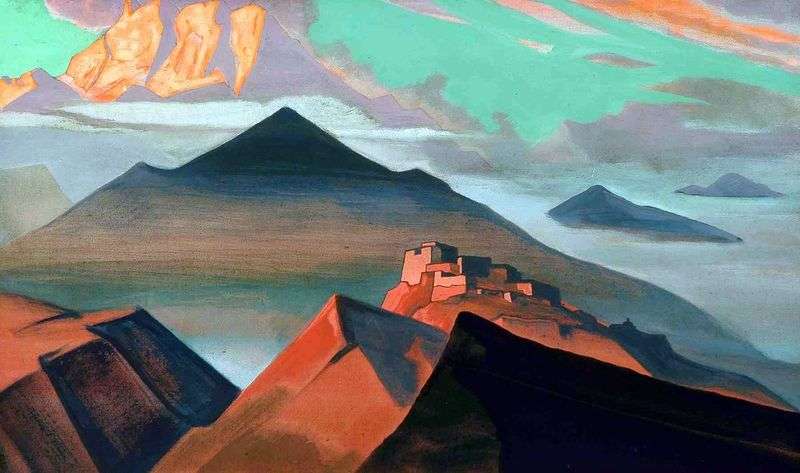 Tent Mountain by Nicholas Roerich
Tent Mountain by Nicholas Roerich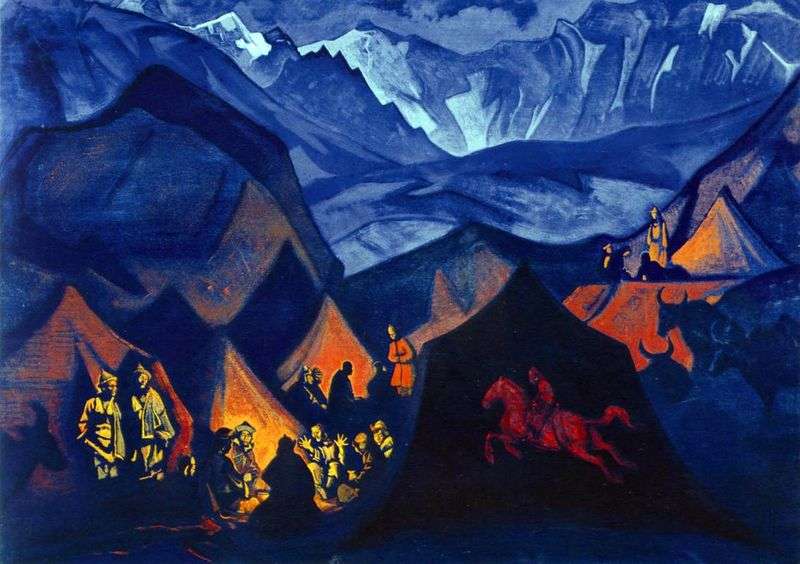 Whispers of the Desert by Nicholas Roerich
Whispers of the Desert by Nicholas Roerich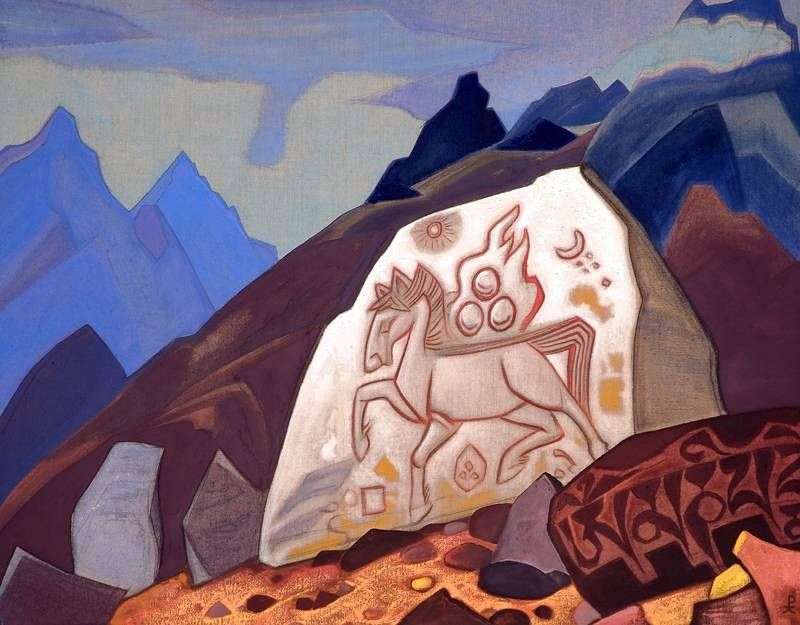 White Stone by Nicholas Roerich
White Stone by Nicholas Roerich